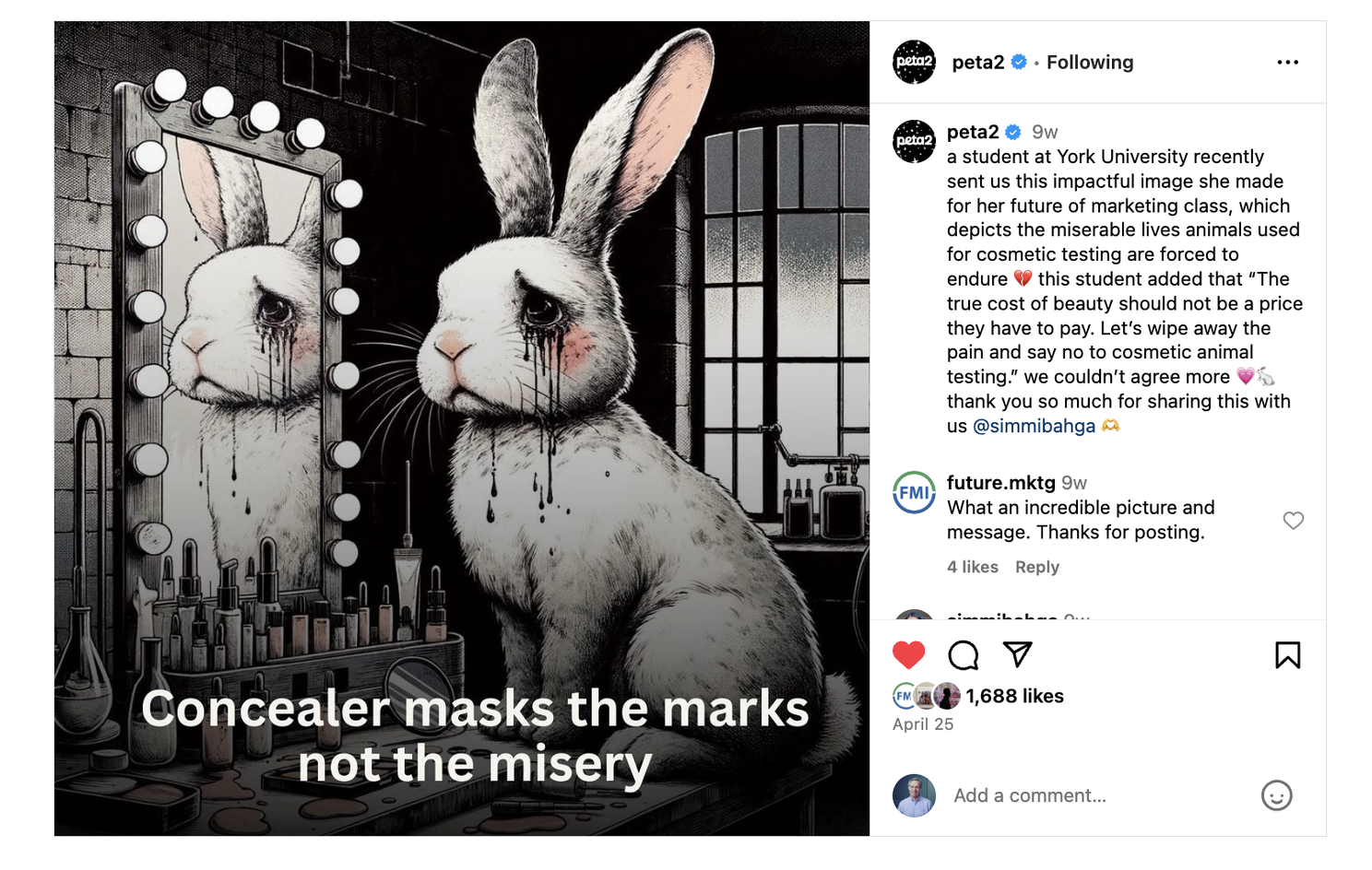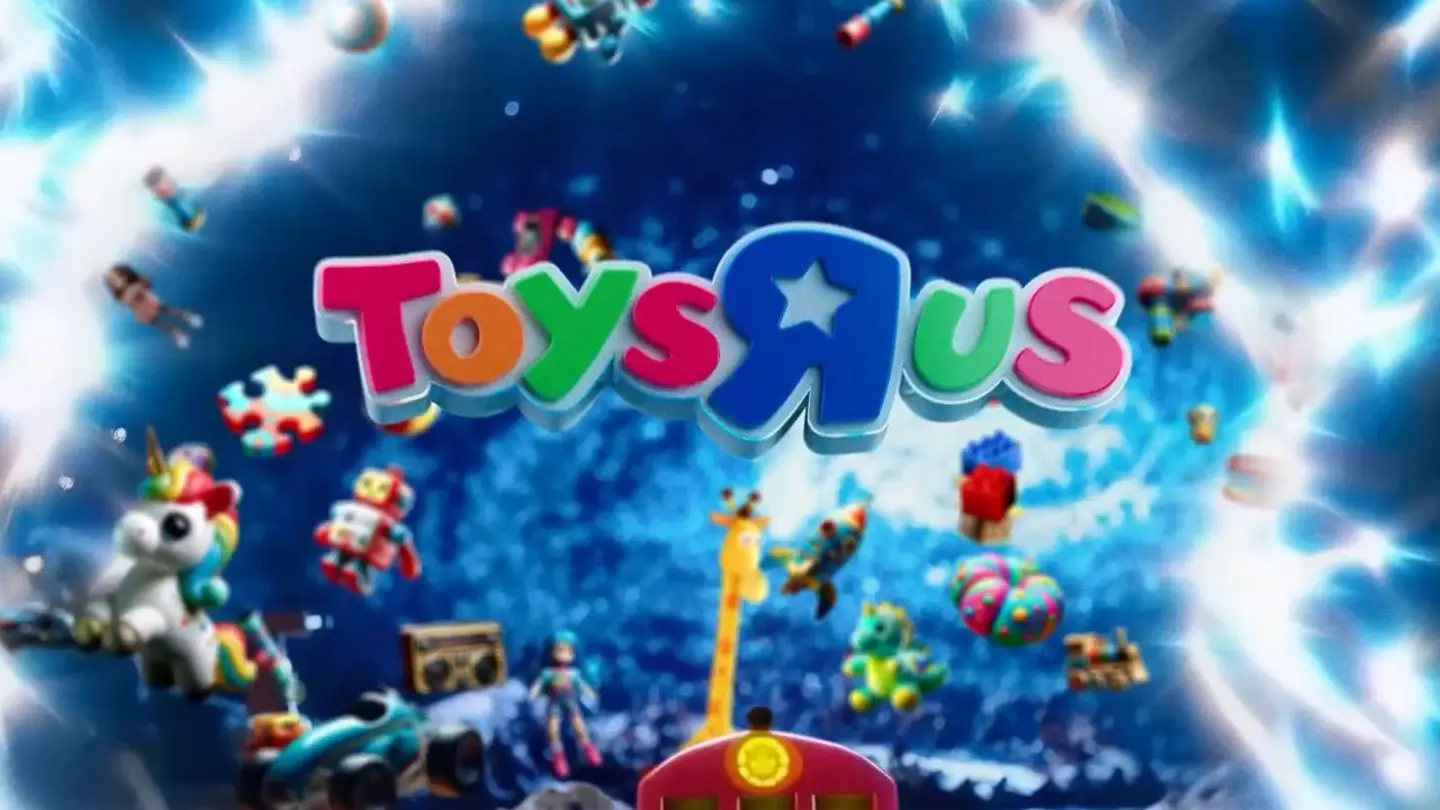In January, we began teaching a new course on the Future of Marketing at the Schulich School of Business – York University. We believe it was the first university-level course on the subject ever offered.
And we weren’t sure what to expect.
To be honest, it was a challenging course to teach. Why? Because of one key element: uncertainty.
Advancements in artificial intelligence continued at the staggering pace we’ve grown accustomed to, which meant our lectures were constantly evolving … right up to the day we delivered them in class.
Often, we began our sessions by discussing the most recent announcements from the past week and talking about their implications for marketing.
We’re confident that’s what will happen in the fall, given that we’re in a ‘technology supercycle’, as Future Today Institute CEO Amy Webb describes it.
We’ve taught the course two times so far. In September, we’ll teach it again to undergraduates and, for the first time, to grad students, too.
So what did we learn?
More Tell Than Show
As we mentioned, one of our biggest challenges was keeping up with the exponential pace of change. For instance, we’d have a lecture ready to go, and then news would break about a new AI model or piece of GenAI software, and we’d have to adapt our content in near real-time.
But Silicon Valley is a hype machine, and applications like Open AI’s video generator Sora, while greeted with great fanfare, were beta releases and unavailable to the general public.
In our inaugural course, we wanted students to explore how Generative AI might affect marketing creativity. For one assignment, we challenged students to use a text-to-image generator to develop an image for use in a public service campaign. Some of the submissions were outstanding.
Here’s one that Simerjit Bahga, a current BBA student, created for PETA. It’s an eye-catching way to raise awareness of the ethics of animal testing. Simerjit shared the image with PETA, and they were so impressed they featured it in a national post on Instagram. Check it out here.

Simerjit’s ingenuity not only allowed her work to be seen globally but also earned her a place as a Future of Marketing intern.
Lights, Camera, AI
As we prepare for the next semester, we’re anticipating the release of previously announced apps like Sora, which was was promised for this summer but is now delayed. We’re also watching for Google’s text-to-video offering, Veo.
This fall, we hope to encourage students to make a short AI movie for a brand, similar to what was generated for Toys R Us. This could potentially be done using Sora (if released) or by Runway Gen-3. One barrier, however, could be cost as a model like Runway currently costs about $1 for 10 seconds of video. We hope the Dean will pick up the tab 😀.

From Multimedia to Multimodal
In the past, marketing students had finite resources to create campaign visuals, videos, and music. But Generative AI has broken down many of those barriers.
That’s why we’ll be creating teams and asking students to imagine a new product, technology, or service and develop a full-on marketing campaign, complete with research, personas, advertising copy, logos and brand visuals, an original song and video (hopefully).
To do that, they’ll need to conduct an in-depth analysis of the marketplace using Generative AI tools to uncover trends and consumer reactions. Students will need to upload publicly available data like research reports and other brand materials into GenAI systems like NotebookLM or Google AI Studio. This will enable them to take their analysis to the next level.
Students will also need to draw on three traditional marketing skills:
- Adopting a futurist’s approach to strategy. In order to look ahead and make a viable prediction on what your customers might want, students will need to be curious and have a passion for reading, watching, observing, and reflecting on implications and consequences. AI may be fast, but coming up with a winning strategy takes patience and time.
- Marketing Research.The best product development comes from sound marketing research. In the course, students will learn the basics of questionnaire design, sampling, and data analysis. But, rather than simply using traditional tools like SPSS, they will experiment with GenAI models and conduct their analysis by asking questions.
- Pushing the Boundaries of Creativity and Storytelling. So many ads or marketing concepts are run of the mill. And that’s something chatbots like ChatGPT, Claude, and Gemini excel at. We want students to challenge the technology, conduct experiments, ask chatbots provocative questions, and then take the AI output and blend it with their imaginations, brainpower, and expertise to develop ideas that are novel and encourage customers to check out a brand.
In the meantime, we’ll be working out outlines and lectures with one certainty: whatever we plan is going to change.